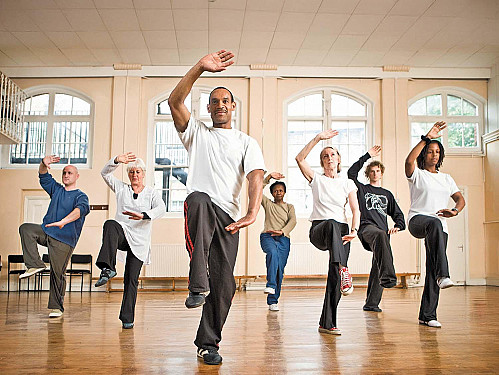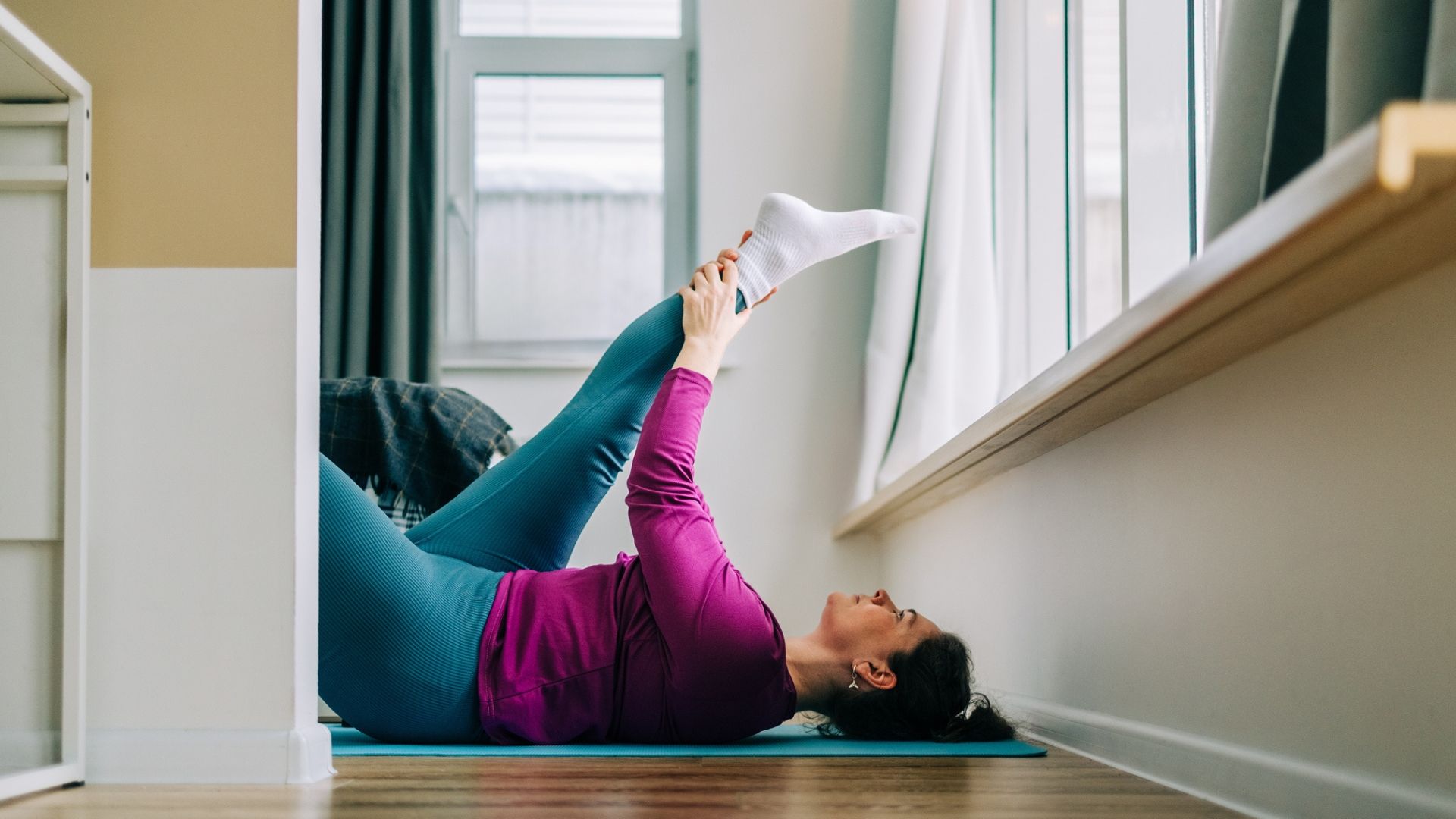I spend a lot of time looking at fitness trends, but one constant has been strength training, and for good reason.
Recently, however, the concept of lifting weights for long-term health and longevity has featured repeatedly in my social feeds, on my favorite websites and in my daily conversations.
However, when I put this to Peloton’s expert strength training instructor, Ben Alldis, he said that while strength training is important, it’s not the only thing that matters if you want to age well.
“To live a long, healthy, happy life, adding variety to your training is where the magic happens,” he says.
Mix strength training with cardio and stretching
Alldis emphasizes that strength training should still be a big component of your weekly workouts, because it can help you maintain the muscle you need for everyday activities and support healthy aging.
Research even shows that older people with higher muscle mass have a lower risk of dying from all major causes. But that doesn’t mean lifting weights is all you need to do.
Cardiorespiratory fitness is also strongly linked to longevity, so it’s important to incorporate some exercises that improve your heart and lung health—like brisk walking, jogging, cycling or swimming—too.
“I would always suggest getting a good mixture of cardio, strength and stretching in your routine,” says Alldis.
This well-rounded approach ticks all the boxes for a strong heart, functional muscle and mobile joints.
Prioritize consistency
I asked Alldis how to split your weekly workouts if you’re new to exercise and want to follow this approach. His advice was to prioritize building a consistent habit first.
“I think a good goal is always to aim for three days a week,” he says. “I would probably recommend just sticking with cardio or strength to begin with.”
Once you’ve built this routine, he suggests adding 15-20 minutes of stretching to the end of your sessions to improve mobility and aid recovery.
When you’re on a roll with this, you can start tweaking your program to make sure it aligns with the national recommendations, which include:
- 150 minutes of moderate-intensity aerobic exercise or 75 minutes of vigorous aerobic exercise every week.
- Two additional sessions of muscle-strengthening exercise that work the major muscles of the body every week.
































